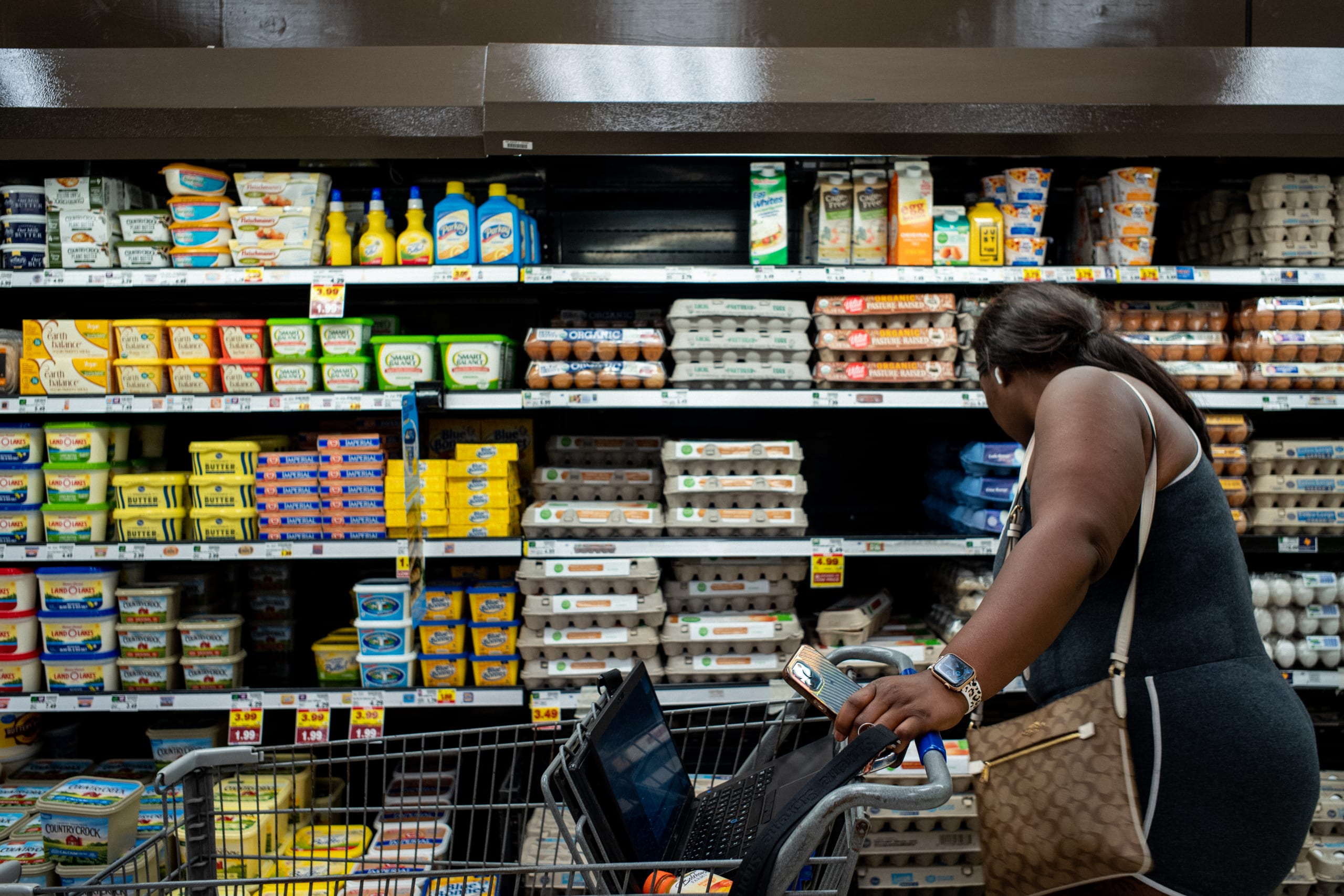After more than two years, emergency funding for food stamp recipients through the Supplemental Nutrition Assistance Program (SNAP) has come to an end.
Millions of American households that received increased allotments in their SNAP benefits since the spring of 2020 may be surprised by reduced funding in their accounts this month. That’s because of a change in U.S. law that sunsets a COVID-19-era program that provided an economic stimulus for SNAP recipients to avert food insecurity during the pandemic.
The United States public health emergency declaration for COVID-19 will end on May 11. However, Congress made a deal to end emergency food assistance funding for SNAP recipients in the remaining states issuing the allotments.
According to the Center on Budget and Policy, every household will receive at least $95 a month less, while others with higher incomes will see reductions of $250 a month or more. Additionally, the average person will receive about $90 a month less in SNAP benefits.
In a statement to theGrio, CBP vice president for food assistance Ty Jones Cox said the temporary increases in food assistance during the pandemic were “hugely successful at reducing hunger and hardship.”
According to the Urban Institute, pandemic-era SNAP benefits kept 4.2 million people out of poverty in the fourth quarter of 2021 and reduced poverty by 9.6 percent in states with emergency allotments. The nonprofit research organization said emergency allotments also reduced child poverty by 14 percent in states with these benefits.
Now that the program has ended, Cox said Black households stand to suffer the most.
“Black families struggling to afford the cost of rising food will feel a real impact, especially given the modest amount of regular SNAP benefits – only about $6 per person per day, on average,” she said.
Last summer, the USDA announced cost of living adjustments for SNAP…
Read the full article here



